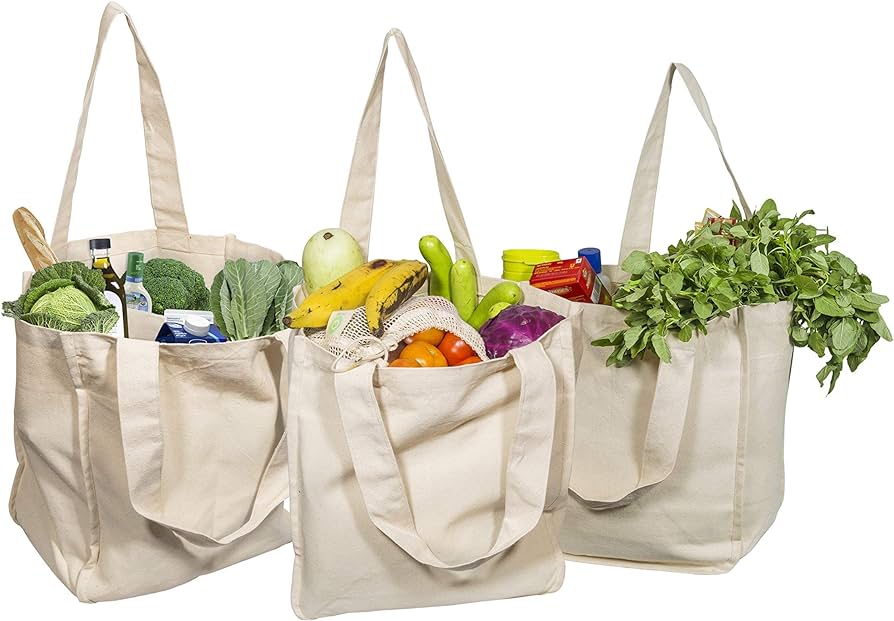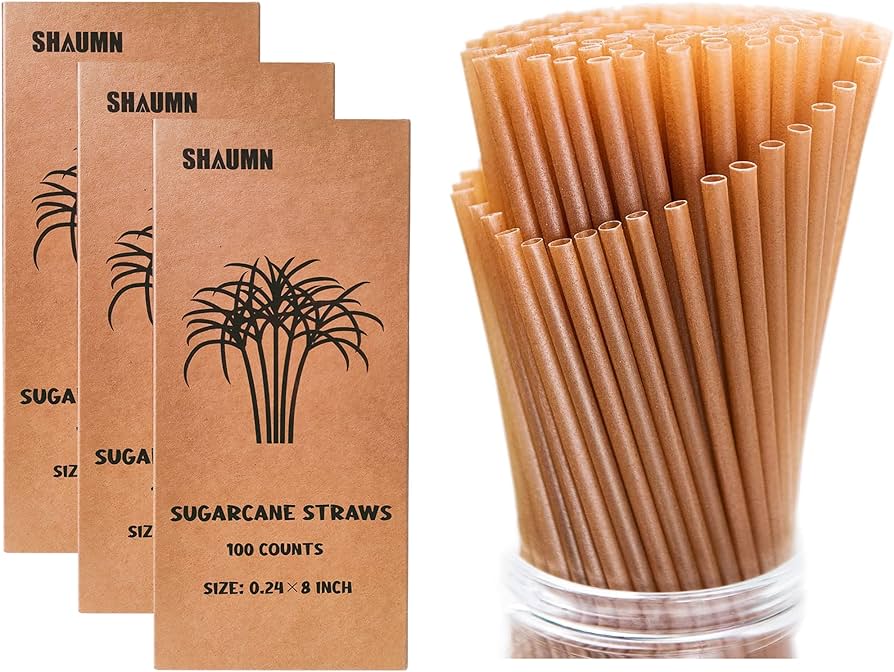
Welcome to 'Be the Change: 7 Transformative Tips for a Truly Eco-friendly Home.'
In this article, we will explore practical and detailed ways to create an environmentally conscious living space. By implementing energy-efficient appliances, solar panels, insulation, LED lights, green roofing, composting, and rainwater harvesting, you can take the necessary steps to reduce your carbon footprint and contribute to a sustainable future.
Join us as we provide informative guidance for those seeking freedom in making a positive impact on the planet.
Energy-Efficient Appliances
Energy-efficient appliances are essential for creating a truly eco-friendly home. One of the most important areas to focus on is energy-efficient heating. By investing in a high-efficiency furnace or boiler, homeowners can significantly reduce their energy consumption and carbon footprint. These appliances use advanced technologies, such as condensing and modulating systems, to maximize efficiency and minimize waste.
Additionally, programmable thermostats allow for precise temperature control and scheduling, ensuring that energy is not wasted when the home is unoccupied.
When it comes to energy-efficient heating, it is also crucial to properly insulate the home to prevent heat loss. This can be achieved through insulation in walls, attics, and windows.
Solar Panels
To further enhance the energy efficiency of your home, consider incorporating solar panels into your renewable energy system. Solar power systems are an excellent way to harness the sun's energy and reduce your reliance on traditional sources of electricity. By installing solar panels, you can generate clean, renewable energy right from your own property.

Not only does this help protect the environment by reducing greenhouse gas emissions, but it also allows you to save money on your utility bills. Solar panels are a long-term investment that can provide significant returns over time. They require minimal maintenance and can last for up to 25 years or more.
Take advantage of the sun's abundant energy and switch to solar power to create a truly eco-friendly home.
Insulation
Insulation plays a crucial role in creating an energy-efficient home. By properly insulating your home, you can reduce energy consumption and lower your carbon footprint.
There are sustainable insulation options available, such as recycled materials and natural fibers, which offer both environmental benefits and improved thermal performance.
Energy Efficient Insulation
One essential aspect of creating an eco-friendly home is ensuring proper insulation for improved energy conservation. Energy efficient insulation plays a crucial role in reducing the amount of energy needed to heat and cool your home, leading to significant cost savings and a smaller carbon footprint.
Here are four key ways to achieve energy efficient insulation:
- Install high-quality insulation materials: Opt for materials like fiberglass, cellulose, or spray foam insulation that offer excellent thermal resistance and minimize heat transfer.
- Seal air leaks: Identify and seal any gaps, cracks, or openings in your home's walls, windows, and doors. This prevents drafts and the escape of heated or cooled air.
- Insulate your attic: Properly insulating your attic can prevent heat loss during the winter and heat gain during the summer. Consider adding insulation to the attic floor and sealing any gaps around openings, such as vents or chimneys.
- Utilize renewable energy sources: Combine energy efficient insulation with renewable energy sources like solar panels or geothermal heating to further reduce your reliance on traditional energy sources.
Sustainable Insulation Options
When considering sustainable insulation options for your home, it is important to prioritize materials that minimize environmental impact and promote energy efficiency. One option to consider is insulation made from recycled materials. Recycled insulation is made from materials such as recycled denim, newspaper, or glass. These materials are diverted from landfills and repurposed into insulation, reducing waste and conserving resources.

Another important factor to consider is thermal performance. Insulation with high thermal performance helps regulate the temperature inside your home, reducing the need for heating or cooling and ultimately saving energy. Look for insulation with high R-value, which measures the resistance to heat flow. Materials like cellulose, wool, and aerogel have excellent thermal properties and can effectively insulate your home.
Benefits of Proper Insulation
Maximizing the thermal performance and utilizing sustainable materials are key factors in achieving the numerous benefits of proper insulation for an eco-friendly home. Proper insulation not only helps in maintaining a comfortable indoor temperature but also offers several other advantages that contribute to energy saving techniques and reducing the carbon footprint.
Here are four benefits of proper insulation:
- Energy Efficiency: Proper insulation helps in reducing heat transfer, resulting in less reliance on heating and cooling systems. This leads to lower energy consumption and reduced utility bills.
- Improved Indoor Air Quality: Insulation helps in sealing gaps and cracks, preventing the entry of dust, pollutants, and allergens into the home. This improves the overall indoor air quality, creating a healthier living environment.
- Noise Reduction: Insulation acts as a sound barrier, absorbing and reducing external noise, making your home more peaceful and comfortable.
- Long-term Cost Savings: By reducing energy consumption and improving energy efficiency, proper insulation can lead to significant long-term cost savings.
LED Lights
LED lights are an essential component of an eco-friendly home. Not only are they energy-efficient, but they also provide cost-saving illumination.
LED lights have numerous environmental benefits, such as reducing carbon emissions and minimizing waste due to their long lifespan.
Energy Efficient Lighting
Energy efficient lighting is a key aspect of creating a truly eco-friendly home. By using cost-effective bulbs and optimizing natural light, homeowners can reduce their energy consumption and environmental impact.
Here are four tips for energy-efficient lighting:

- Switch to LED lights: LED bulbs are more energy-efficient than traditional incandescent bulbs and can last up to 25 times longer. They also emit less heat, making them safer and more efficient.
- Use dimmers and timers: Installing dimmer switches and timers allows you to control the amount of light and reduce energy waste. Dimming the lights can create a cozy atmosphere while saving energy.
- Take advantage of natural light: Positioning furniture near windows and using light-colored curtains can maximize natural light during the day, reducing the need for artificial lighting.
- Install motion sensors: Motion sensors can automatically turn on lights when someone enters a room and turn them off when there is no movement, saving energy in unoccupied areas.
Cost-Saving Illumination
Implementing cost-saving illumination techniques is essential for creating an eco-friendly home. One of the most effective ways to achieve this is by using cost-effective lighting options such as eco-friendly light bulbs, specifically LED lights.
LED lights are known for their energy efficiency, durability, and longevity. They consume significantly less energy compared to traditional incandescent bulbs, resulting in lower electricity bills. Additionally, LED lights have a longer lifespan, reducing the need for frequent replacements.
These bulbs also produce less heat, making them safer to use and reducing the load on air conditioning systems. By switching to LED lights, homeowners can not only reduce their environmental impact but also save money in the long run.
It's a win-win solution for an eco-friendly and cost-effective home lighting system.
Environmental Benefits of LEDs
With their energy efficiency and long lifespan, LED lights offer numerous environmental benefits for homeowners.
Here are four key reasons why LED lights are a great choice for those seeking to reduce their environmental impact and energy consumption:
- Energy Efficiency: LED lights are highly efficient, converting more energy into light and less into heat compared to traditional incandescent bulbs. They consume up to 80% less energy, leading to significant reductions in electricity usage and greenhouse gas emissions.
- Long Lifespan: LED lights have an exceptionally long lifespan, lasting up to 25 times longer than traditional bulbs. This means fewer resources are needed for manufacturing and disposal, reducing waste and environmental strain.
- Non-toxic: Unlike compact fluorescent lights (CFLs), LED lights do not contain harmful mercury, making them safer to use and dispose of. This reduces the risk of environmental contamination and ensures a healthier living environment.
- Design Flexibility: LED lights come in various shapes, sizes, and colors, allowing for creative and customizable lighting solutions. By using LED lights, homeowners can create the desired ambiance while minimizing energy consumption and environmental impact.
Green Roofing
Utilizing sustainable materials and techniques, green roofing offers an environmentally conscious solution for homeowners seeking to reduce their carbon footprint. Green roof installation involves the use of vegetation and soil layers on the rooftop, providing numerous benefits for both the homeowner and the environment.

Firstly, green roofs help to improve air quality by filtering pollutants and absorbing carbon dioxide. They also act as natural insulation, reducing energy consumption for heating and cooling, thus lowering utility bills. Additionally, green roofs reduce stormwater runoff by absorbing and retaining rainwater, which helps to alleviate pressure on urban drainage systems.
Furthermore, green roofs provide habitat for birds, insects, and other wildlife, promoting biodiversity in urban areas. They also have a positive impact on mental health, as they create a tranquil and aesthetically pleasing environment.
Composting
How can homeowners incorporate a sustainable waste management practice that reduces landfill waste?
One effective solution is to implement composting, which not only diverts organic waste from landfills but also produces a nutrient-rich soil amendment for gardening.
There are several composting methods homeowners can choose from, including:
- Backyard composting: This traditional method involves creating a compost pile in your backyard using a mix of green (nitrogen-rich) and brown (carbon-rich) materials.
- Vermicomposting: This method utilizes worms to break down organic waste into nutrient-rich castings. It can be done indoors or outdoors in a controlled environment.
- Bokashi composting: This method uses a special mix of microorganisms to ferment organic waste, making it suitable for small spaces and reducing odors.
- Trench composting: This method involves burying organic waste directly in the garden beds, allowing it to decompose and enrich the soil.
Rainwater Harvesting
Rainwater harvesting is an effective method for homeowners to collect and store rainwater for various eco-friendly uses. By implementing rainwater filtration systems, homeowners can ensure that the collected rainwater is clean and safe for use. These systems typically consist of filters that remove debris, sediment, and other impurities from the rainwater, making it suitable for drinking, cooking, and irrigation purposes.
Once the rainwater has been filtered, it can be stored in tanks or barrels for future use. Rainwater storage systems can be installed above or below ground, depending on the available space and preferences of the homeowner. This allows for the efficient collection and storage of rainwater, reducing reliance on municipal water supplies and conserving water resources.

Frequently Asked Questions
Are There Any Government Incentives or Tax Credits Available for Installing Energy-Efficient Appliances in My Home?
Government incentives and tax credits are available for installing energy-efficient appliances in your home. These incentives aim to encourage individuals to adopt sustainable practices, reduce energy consumption, and contribute to a greener environment.
How Much Money Can I Expect to Save on My Electricity Bill by Installing Solar Panels?
Installing solar panels can lead to significant savings on your electricity bill. While the exact amount will vary depending on factors such as your location and energy usage, studies show an average return on investment for solar panels within 5-10 years.
What Are the Different Types of Insulation Available for Homes and Which One Is the Most Eco-Friendly?
There are various types of eco-friendly insulation available for homes, each with their own pros and cons. A cost analysis and comparison of insulation materials in terms of their environmental impact can help determine the most suitable option. Case studies of homes with eco-friendly insulation provide practical examples, while tips for proper installation and maintenance ensure optimal performance. Recommendations for eco-friendly insulation for different climate zones can further guide homeowners in making sustainable choices.
Can LED Lights Be Used in All Types of Light Fixtures, or Are There Certain Restrictions?
LED lights can generally be used in outdoor fixtures, but it is important to consider factors such as weatherproofing and compatibility with the fixture's voltage requirements. Using LED lights in vintage or antique fixtures may require modifications for proper installation and performance.
What Are the Maintenance Requirements for a Green Roof, and How Often Do I Need to Water and Fertilize the Plants?
Green roof maintenance includes regular watering and fertilization to ensure the health and vitality of the plants. The frequency of watering and fertilization will depend on factors such as climate, plant species, and the specific requirements of the green roof system.
 Business & FinanceHealth & MedicineTechnologyLifestyle & CultureScience & EnvironmentWorld NewsPrivacy PolicyTerms And Conditions
Business & FinanceHealth & MedicineTechnologyLifestyle & CultureScience & EnvironmentWorld NewsPrivacy PolicyTerms And Conditions
